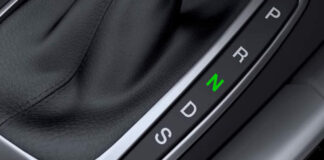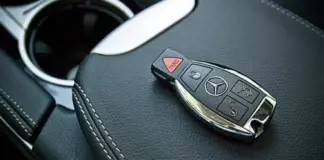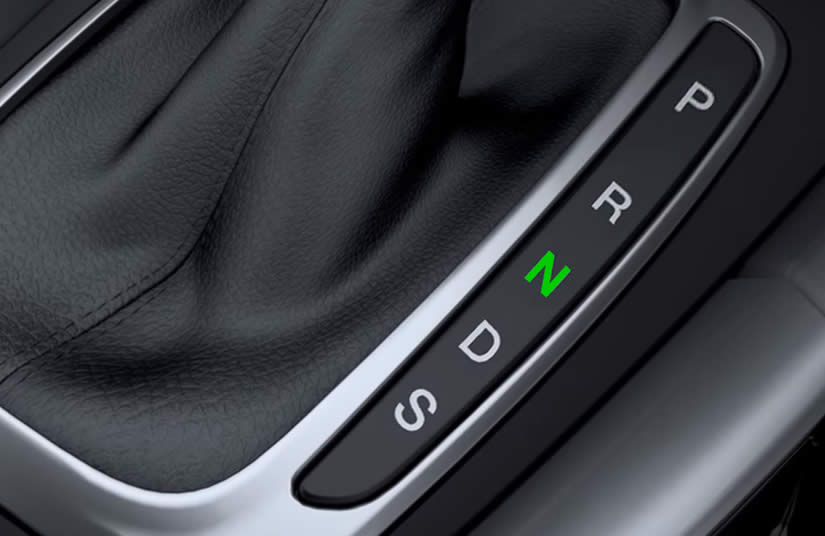If your vehicle starts when in neutral but refuses to start in park, you might be dealing with a faulty neutral safety switch. While bypassing this switch is possible, it’s only a temporary fix. Here’s how you can address the issue.
What is a Neutral Safety Switch?
The neutral safety switch allows the car to start only when it’s in park or neutral. This safety mechanism, introduced in the 1950s, became standard in automatic vehicles by the 1980s.
Though this feature enhances vehicle safety, a malfunctioning switch can lead to numerous problems.
In an automatic transmission, turning the key sends a signal from the battery to the engine.
This triggers the starter, enabling the car to run. If the vehicle is in any gear other than park or neutral, it won’t start.
For manual transmissions, a neutral safety switch is located near the clutch pedal. The car won’t start unless the clutch is pressed. These switches are simpler and easier to replace if they fail.
Signs of a Failing Neutral Safety Switch
Several indicators suggest a neutral safety switch is malfunctioning. If you observe any of these, get it inspected promptly.
Some drivers report the engine starting in gears other than park or neutral, which is highly dangerous and could result in severe injury or fatality.
Engine Starts in Park but Not Neutral
If your car starts in park but not in neutral, the neutral safety switch might be defective. An internal component could be failing, allowing only the park to function. Electrical issues or a loose switch connection could also be the cause.
Engine Starts in Neutral but Not Park
Conversely, if your engine only starts in neutral and not in park, the neutral safety switch could be at fault. However, it might also indicate a battery issue, a faulty starter, or other factors causing the car to start only in neutral.
Engine Won’t Start at All
Sometimes, the engine refuses to start regardless of the gear selected.
This often points to electrical problems within the neutral safety switch, preventing power from reaching the starter relay, so the engine doesn’t turn over.
Engine Starts in Any Gear
A defective neutral safety switch might allow the engine to start in any gear, often due to a short circuit. This makes the vehicle unsafe to operate, as it has caused accidents and injuries.
What to Do if the Switch is Faulty
If you suspect a faulty neutral safety switch, have it tested and repaired, or replaced quickly. Delaying can cause further damage. If you’re experienced with cars, you might handle it yourself; otherwise, consult a trusted mechanic.
Repairing a Defective Neutral Safety Switch
Once you confirm the neutral safety switch is faulty, plan to fix it. Skilled car enthusiasts may choose to tackle this task themselves.
Refer to your car’s manual to locate the neutral safety switch, which may be on the transmission’s side, the shifter linkage, or within the transmission housing.
Start by disconnecting the battery. Ensure the car is on level ground, engage the parking brake, jack it up, and secure it with jack stands to access underneath. For vehicles with floor shifters, jacking may not be necessary.
Locate the switch and remove surrounding components for easy access. Multiple bolts may secure it, so have various wrenches and ratchets ready. Disconnect the wiring harness as well.
Install the new switch, reconnect all wires and bolts, and test it. A successful replacement means the car starts only in park or neutral. If it starts in other gears, troubleshoot by rechecking the wiring and connections.
Is Bypassing the Neutral Safety Switch Possible?
Yes, you can bypass the neutral safety switch by connecting the purple wire to another purple wire with a white stripe. This should only be done for testing purposes.
Repair and Replacement Costs
Replacing a neutral safety switch typically costs around $50, depending on the car’s make, model, and where you buy the part. Labor costs can range from $45 to $100, depending on the mechanic.
Final Thoughts
While bypassing a faulty neutral safety switch is an option, it’s not a long-term solution. This component is crucial for vehicle safety, and addressing issues promptly ensures your safety on the road.







